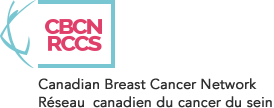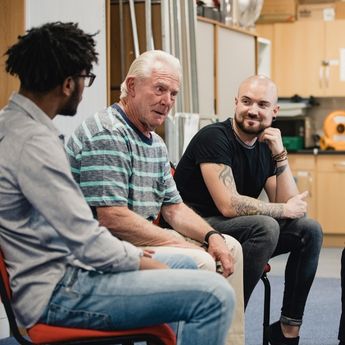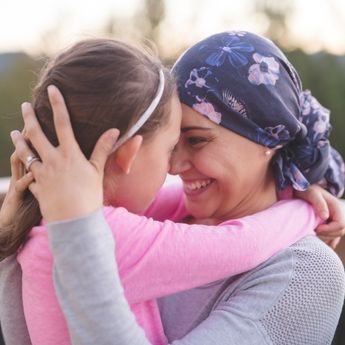Having a family history of breast cancer could mean two different things. About 5% to 10% of breast cancer cases are passed down from parent to child. These are caused by changes (commonly known as mutations) in certain genes, like the BRCA1 and BRCA2 genes. This is known as hereditary breast cancer.
Sometimes, several people in a family may have breast or other types of cancer such as ovarian or pancreatic, even if no specific gene mutation is found. This is called familial breast cancer. This could be linked to shared lifestyles, environments, or a combined effect of many different genes.
But even when no inherited or familial connection is found, breast cancer can still happen unexpectedly. Many people are diagnosed without any known family history or genetic mutation. Here, Jaclyn Carter talks about her experience being diagnosed:
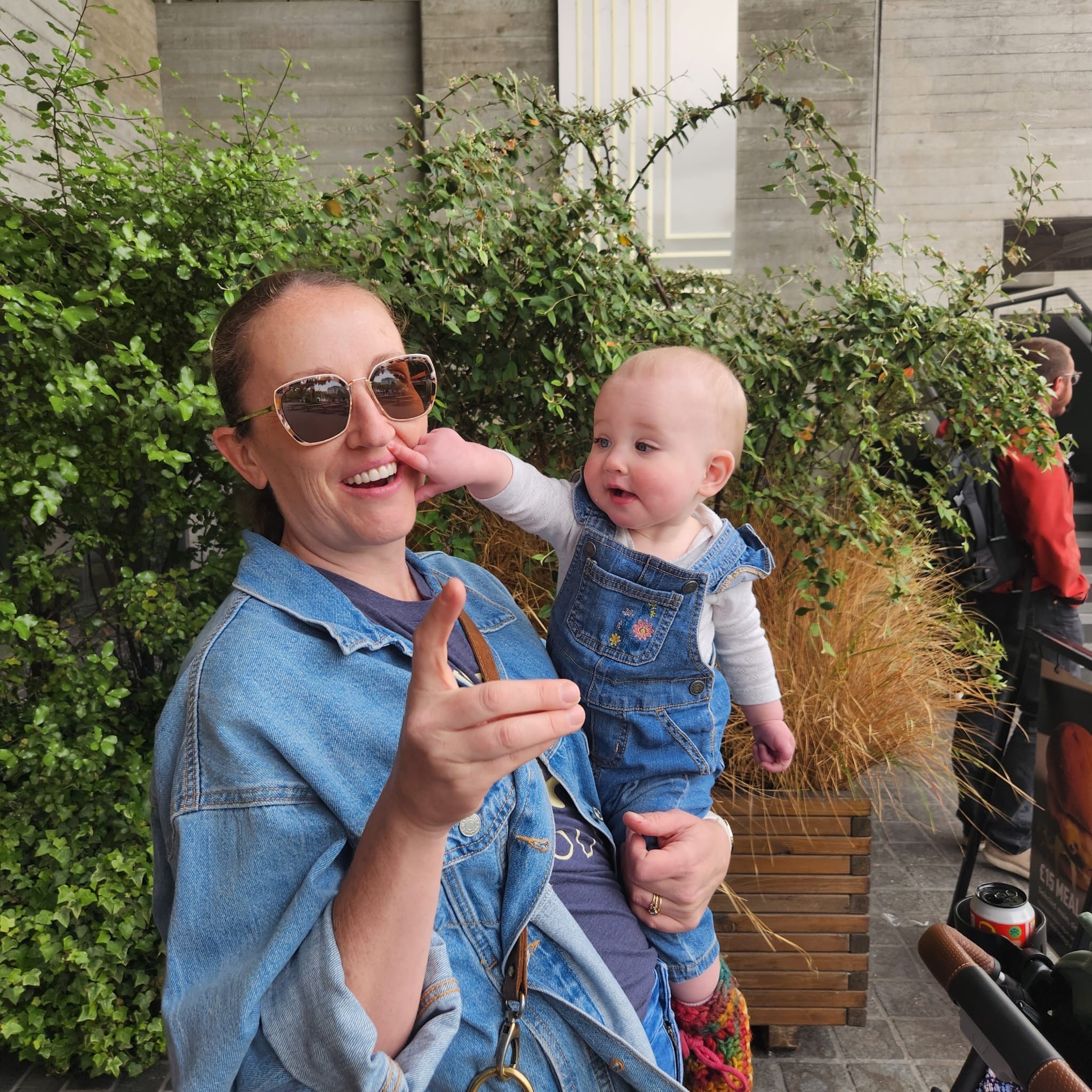 “Though cancer ran in my family—everywhere from the kidney to the bone marrow to the skin to the peritoneum—breast cancer wasn’t one I ever worried about. When I was initially diagnosed, I was treated as though I carried a genetic mutation, because my surgical oncologist could see no other reason why I had developed cancer at such a young age. I postponed surgery to await genetic testing results, and ultimately altered the course of my surgical plan, based on the assumption that I carried a genetic mutation and that a double mastectomy was the safest way forward. Though I came to accept this surgical plan as the only option for me and my over-anxious mind—whether my results revealed a genetic predisposition to cancer or not--I would later learn that I carried zero genetic markers for cancer. Not a single one, BRCA-related or otherwise. I was a puzzle, and a contributor to the growing number of young women being diagnosed with cancer before the age of 40.”
“Though cancer ran in my family—everywhere from the kidney to the bone marrow to the skin to the peritoneum—breast cancer wasn’t one I ever worried about. When I was initially diagnosed, I was treated as though I carried a genetic mutation, because my surgical oncologist could see no other reason why I had developed cancer at such a young age. I postponed surgery to await genetic testing results, and ultimately altered the course of my surgical plan, based on the assumption that I carried a genetic mutation and that a double mastectomy was the safest way forward. Though I came to accept this surgical plan as the only option for me and my over-anxious mind—whether my results revealed a genetic predisposition to cancer or not--I would later learn that I carried zero genetic markers for cancer. Not a single one, BRCA-related or otherwise. I was a puzzle, and a contributor to the growing number of young women being diagnosed with cancer before the age of 40.”
There are other, much more common factors that influence risk. Just like gene mutations or familial cancer, these factors can’t be changed, and are responsible for the majority of breast cancer diagnoses:
Age
Getting older is the most significant factor. Risk increases with age, with most diagnoses being after the age of 50. As we age, changes in cells become more common, which can allow cancer to develop.
Hormones
People assigned female at birth have a higher risk largely due to lifelong exposure to the hormones estrogen and progesterone, which can encourage tumour growth. While there has not been a lot of research done on the effects of hormone therapy and breast cancer risk in transgender women, the Canadian Cancer Society recommends that transgender women who have been on estrogen for longer than five years should consider screening for breast cancer.
A person’s reproductive history is also linked to hormone production and certain factors can increase risk, including:
- Starting your period before age 12
- Going through menopause after age 55
- Having never given birth or having your first child after age 30
Breast Density
People with dense breasts have a higher risk of breast cancer, similar to having a first-degree relative with the disease. Breasts are considered dense when they have more fibrous and glandular tissue than fat. People with very dense breasts (75% or more dense tissue) are 4 to 6 times more likely to develop breast cancer. You can’t feel breast density; it’s only seen on a mammogram.
People without a family history or genetic mutation are sometimes not seen as high risk for screening or testing. Sometimes, this means that people need to advocate for their own health when they know something is wrong. Adriana Ermter speaks about her struggle with diagnosis as someone without a family history:
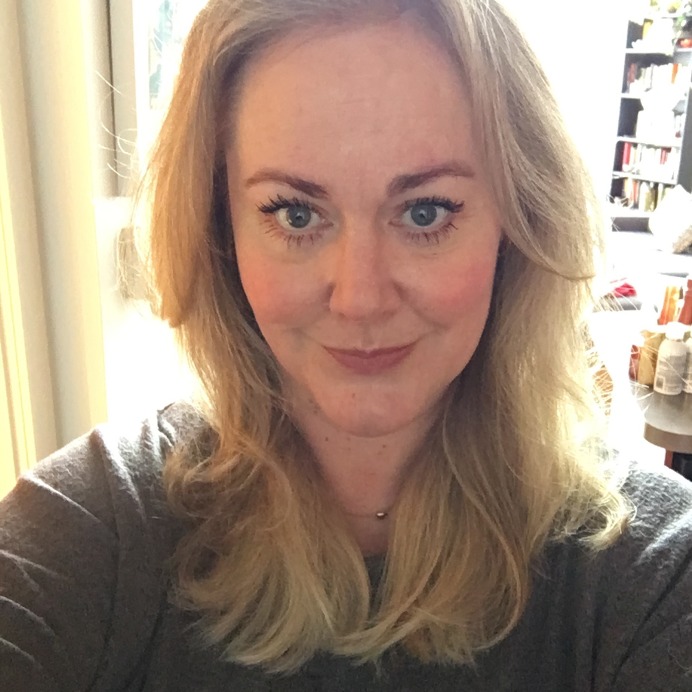 “When I first found the hard, pea-sized lump tucked beneath the skin of my right armpit, my GP agreed it was unusual and referred me to a doctor at a breast cancer clinic for testing. But once there, after a rotation of doctors pressed their fingers into my flesh, the lump was dismissed as “nothing.” I was too young, they said. I didn’t have a familial history, they said. I had nothing to worry about, they said. I pushed for a mammogram, my first ever, but it showed nothing definitive—after all the lump was in my armpit, beyond the mammogram’s reach. And so, I was sent home.
“When I first found the hard, pea-sized lump tucked beneath the skin of my right armpit, my GP agreed it was unusual and referred me to a doctor at a breast cancer clinic for testing. But once there, after a rotation of doctors pressed their fingers into my flesh, the lump was dismissed as “nothing.” I was too young, they said. I didn’t have a familial history, they said. I had nothing to worry about, they said. I pushed for a mammogram, my first ever, but it showed nothing definitive—after all the lump was in my armpit, beyond the mammogram’s reach. And so, I was sent home.
For the next six months, I called the clinic every single month, politely but persistently requesting more testing. Each time, the receptionist reminded me that I wasn’t considered high risk. Every time, I responded that I should be, because I still had the lump. Finally, after six months, I was granted a second appointment. Another mammogram. The same response. This time, I didn’t budge. I reminded them about the lump in my armpit—the one the mammogram couldn’t reach—especially since I had just learned I have dense breast tissue, which makes cancer detection nearly impossible with a mammogram. I pushed for an ultrasound and I was given one. Then an MRI. Then multiple biopsies. I had breast cancer.
The “too young,” the “no familial history,” the reluctance to order further testing because it’s deemed too stressful for women is all crap. Anyone can have breast cancer. Yet no one should have to fight this hard to find out.”
You may feel like there is nothing you can do to lower your risk of breast cancer if all these pre-determined factors are working against you, but that’s not true. Although you can’t change your genes or family history, stop ageing, or control your breast density, you can still take steps to lower your risk through healthy lifestyle choices. For instance, smoking, alcohol use, and weight gain after menopause have been linked to increased risk of breast cancer, whereas being active and eating a balanced diet are both linked to a reduced risk. Getting regular breast screenings and knowing what is normal for your breasts can help find breast cancer early and improve your chances of successful treatment.
